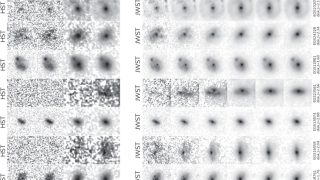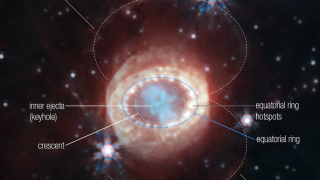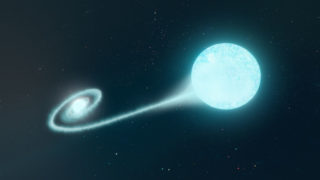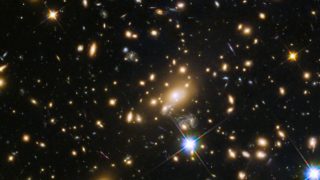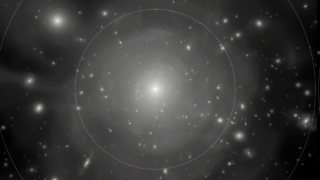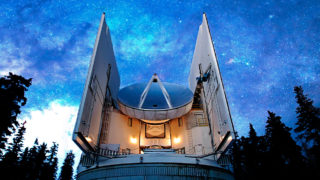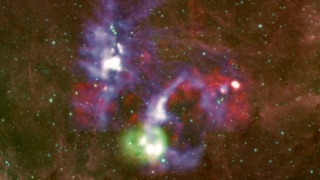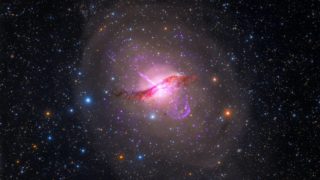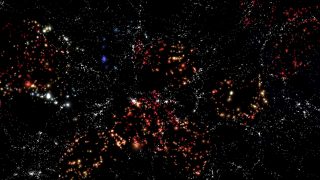
The quiet life of galaxies in cosmic voids
Where do you think life is more peaceful? Here you have two options: i) in the middle of Madrid, surrounded by all the hustle and bustle of people commuting, shopping, or visiting; or ii) isolated in a monastery at the heart of the Alps. I do not think I need to answer the question, right? […]
